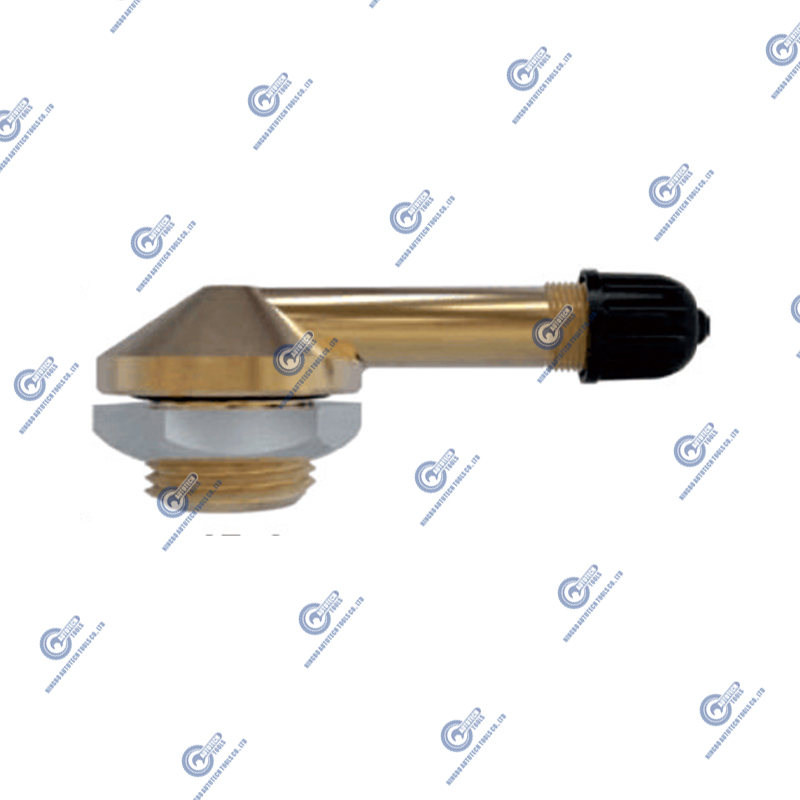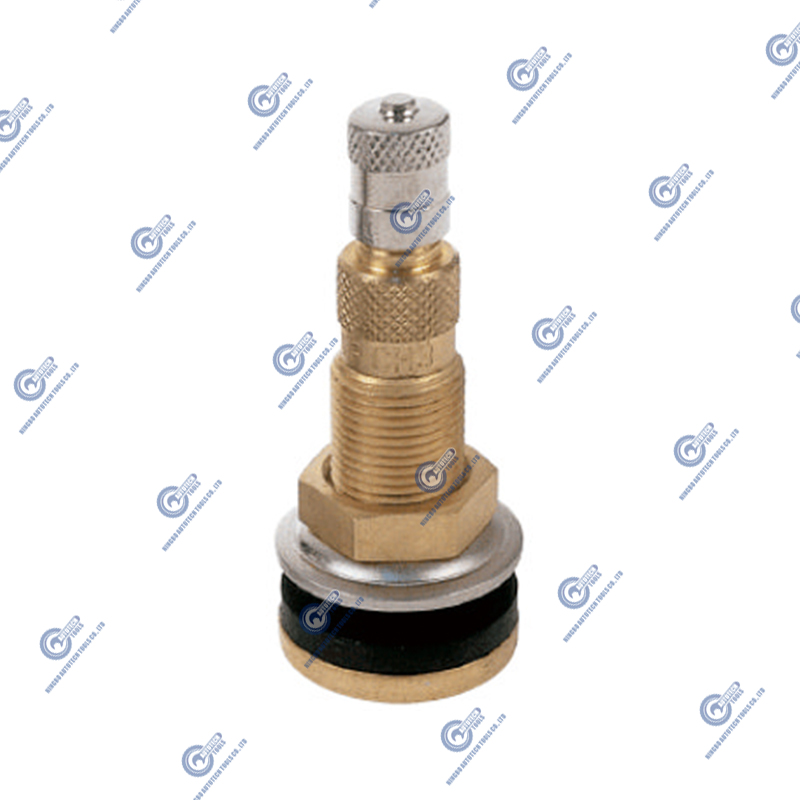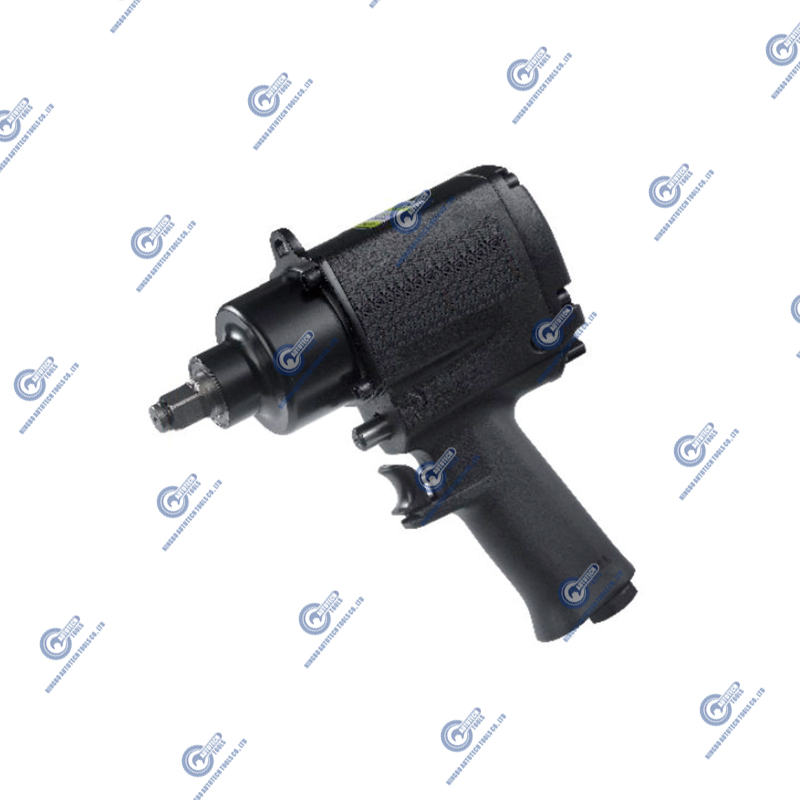Quenching process of Japanese style air coupler
 2024.09.05
2024.09.05
 Industry news
Industry news
Japanese style air couplers are usually made of high-strength and high-wear-resistant alloy steel materials. Before quenching, the raw materials need to be strictly screened and inspected to ensure that their chemical composition, mechanical properties, etc. meet the design requirements.
Pretreatment includes cleaning, degreasing, descaling and other steps to ensure the cleanliness of the material surface and the smooth progress of the subsequent quenching process.
The heating equipment usually uses a vacuum furnace, a salt bath furnace, etc. to ensure that the material is heated evenly during the heating process to avoid oxidation and decarburization.
The heating temperature needs to be precisely controlled, generally higher than the critical temperature Ac3 or Ac1 of the material, so that the material is fully austenitized. The specific temperature depends on the type and thickness of the material.
Quenching process execution
Cooling medium selection: The choice of cooling medium has a direct impact on the quenching effect. For precision parts such as Japanese style air couplers, commonly used cooling media include water, oil, salt bath, etc. Among them, water quenching has the fastest cooling speed, but it is easy to cause deformation and cracking; oil quenching has a moderate cooling speed, but the cost is high; salt bath quenching has a uniform cooling speed and can prevent oxidation and decarburization.
In actual production, the appropriate cooling medium should be selected according to the type, shape and performance requirements of the material.
Quenching operation: The workpiece heated to a predetermined temperature is quickly put into the cooling medium for rapid cooling. During the cooling process, the workpiece must be kept stable to avoid excessive internal stress and deformation.
For large or complex-shaped workpieces, processes such as graded quenching or isothermal quenching can be used to reduce internal stress and deformation.















